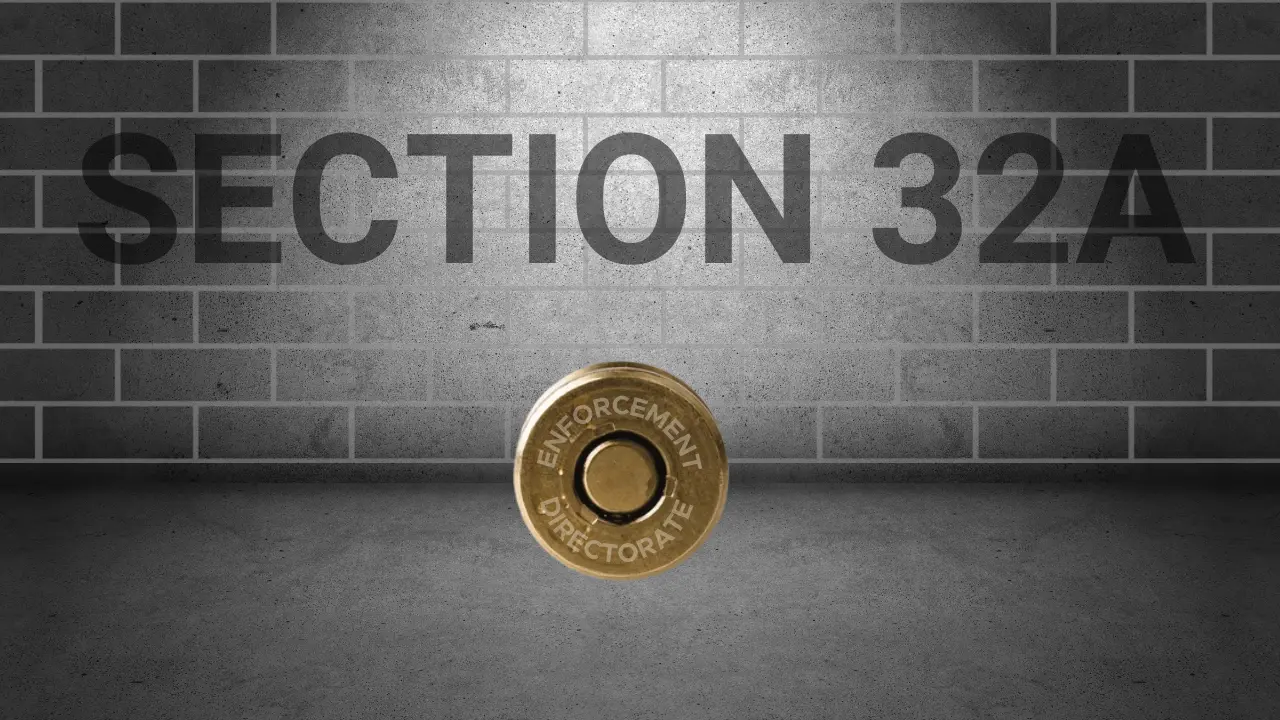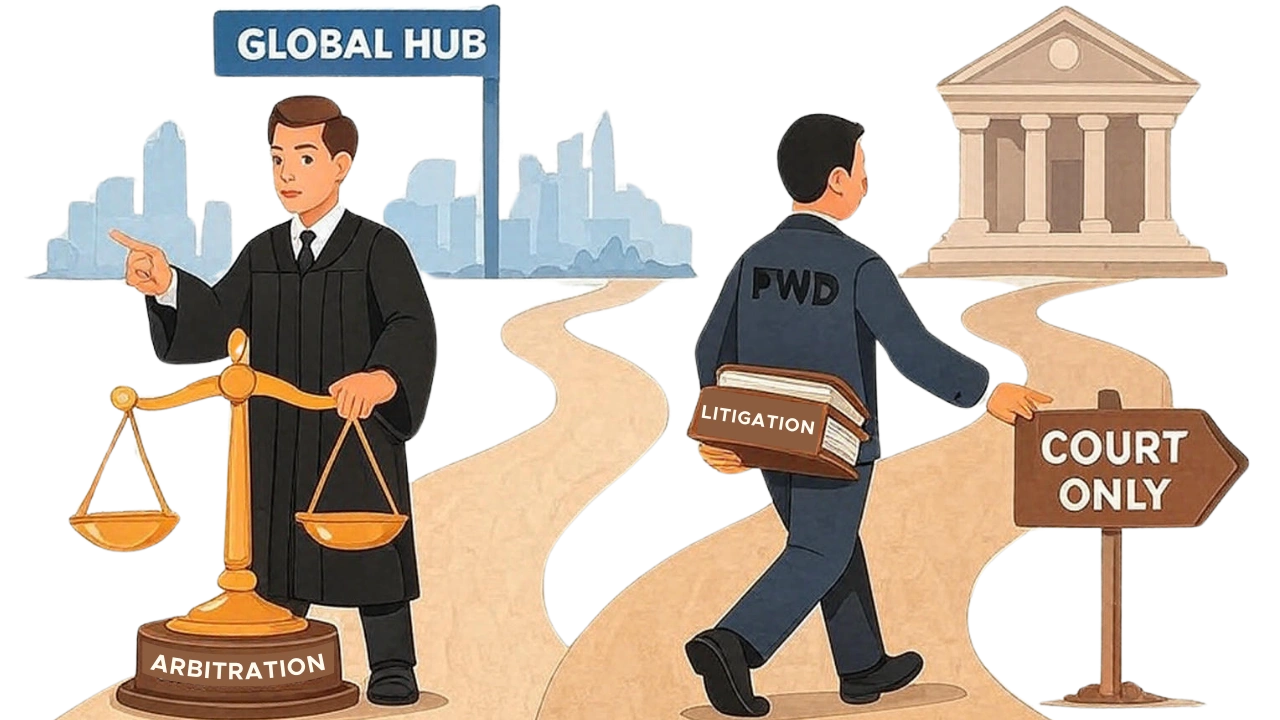This article aims to explore the restrictions imposed by the Insolvency and Bankruptcy Code (IBC) on the Enforcement Directorate’s (ED) powers to attach properties of a corporate debtor after a resolution plan has been approved by the Adjudicating Authority. It will also examine whether the ED is obligated to lift attachments on the properties of the corporate debtor once a resolution plan is approved or when the sale of assets is sanctioned for a company under liquidation by the Adjudicating Authority. Additionally, the article will analyze the intent behind the inclusion of Section 32A in the IBC, which grants immunity to the corporate debtor and its properties.
Introduction
The Insolvency and Bankruptcy Code, 2016 (Code) was introduced to revive the distressed companies from their insolvencies by giving an opportunity to other people who can do something innovative so that the company could be revived therefore the primary purpose of the code is to sell the corporate debtor as a going concern with the liquidation is its last resort. However, experience of the code demonstrated that the Resolution Applicant was hesitant in buying a company unless they were not made sure that their liability would arise against the corporate debtor if they have purchased it through a plan. To allay this fear, the parliament amended the code and introduced section 32A which provided immunity to the corporate debtor and its properties from any offences committed prior to commencement of the CIRP.
Section 32A of IBC
Section 32A was introduced into the Insolvency and Bankruptcy Code (IBC) in 2019 to protect the corporate debtor and its properties from prosecution for offenses committed prior to the commencement of the Corporate Insolvency Resolution Process (CIRP). The primary purpose of this provision was to encourage prospective resolution applicants to participate in rescuing the corporate debtor from its financial difficulties, which led to its insolvency. This was achieved by ensuring that the corporate debtor and its properties are received as a clean slate, free from liabilities and encumbrances.
The constitutionality of this provision was challenged before the Supreme Court in Manish Kumar vs. Union of India (UOI) and Ors1.. While rejecting the submissions of the petitioners, the Court upheld the provision, stating that the wisdom of the legislature cannot be questioned when a provision is introduced to advance the objectives of the Code. The Court further emphasized that “the extinguishment of the criminal liability of the corporate debtor is apparently important to the new management to make a clean break with the past and start on a clean slate.”
In the above case, the Court outlined the essentials for the applicability of Section 32A. Firstly, there must be a resolution plan in place. Secondly, the plan must be approved by the Adjudicating Authority under Section 31 of the Code. Thirdly, there must be a change in the control of management. Fourthly, the old management cannot masquerade as the new management. Fifthly, the new management should not be a related party to the corporate debtor. Lastly, the new management should not be the subject of an investigation that has produced material evidence indicating its involvement in abetting or conspiring in the commission of the offense.
Whether the ED Can Be Directed to Lift Its Attachment Over CD’s Properties After Resolution Plan Is Approved
It is evident from the above discussion that the corporate debtor cannot be punished for offenses committed prior to the initiation of the Corporate Insolvency Resolution Process (CIRP). The provision is unequivocal in stating that any actions against the property of the corporate debtor related to offenses committed before the commencement of the CIRP—including attachment, seizure, retention, or confiscation of such property under any applicable law—cannot be taken if the property is part of a resolution plan approved by the Adjudicating Authority.
This raises an important question whether the ED can be directed to lift its attachment on the properties of the corporate debtor, which were attached before the initiation of the CIRP, once the resolution plan has been approved.
This issue came up for consideration before the Bombay High Court in Shiv Charan and Ors. vs. Adjudicating Authority under the Prevention of Money Laundering Act, 2002, Department of Revenue and Ors2., where, after extensively referring to Section 32A of the code, the court held that a plain reading of the provision makes it clear that no actions, including attachment, seizure, retention, or confiscation of the property of the corporate debtor in relation to offenses committed prior to the commencement of the CIRP, can be taken after the approval of the resolution plan under section 31 of the code.
The court held that “its jurisdiction is attracted only when a resolution plan gets approved under Section 31. Besides, the immunity conferred by Section 32A is available if and only if the approved resolution plan results in a complete change in the character of ownership and control of the corporate debtor. Explicitly, Section 32A(1) stipulates that the liability of the corporate debtor for an offense committed prior to commencement of the CIRP shall cease.”
It further held that “an “action against the property” of the corporate debtor, from which immunity would be available, “shall include the attachment, seizure, retention or confiscation of such property under such law” as applicable. The reference being to any action against the property under any law would evidently bring within its compass, attachments made under the PMLA, 2002.”
It is clear from these observations that the Enforcement Directorate (ED) must lift all attachments on the properties of the corporate debtor that form part of the resolution plan when the plan has been approved under Section 31 of the Code.
Now, the question is whether the ED will have to lift its attachment over properties of the corporate debtor itself or any authority needs to be approached seeking removal of the attachment.
The court observed that once the resolution plan is approved, the ED must lift its attachment on the properties of the corporate debtor, and the Successful Resolution Applicant should not be compelled to approach the concerned authority under the provisions of the PMLA for this purpose.
It held that “driving a successful resolution applicant to file an appeal under Section 26(1) of the PMLA, 2002 in order to raise the attachment levied on the properties of the corporate debtor or to Section 8(5) of the PMLA, 2002 (to reverse confiscation, which itself is rendered impossible by Section 32A of the IBC, 2016) is wholly unnecessary.”
The Adjudicating Authority, under Section 60(5) of the Code, is empowered to order the removal of attachments over the properties. It is incumbent upon the Authority, before approving the resolution plan under Section 31 of the Code, to ensure its effective implementation. Such matters are clearly encompassed within the phrase “in relation to or arising out of the insolvency resolution process” of the corporate debtor.
It held that “it is wholly untenable to contend that the NCLT, and which is the Adjudicating Authority constituted under the IBC, 2016, is incompetent and/or powerless to either interpret or to give effect to the provisions of the very Act under which it was constituted.”
The court further reiterated that both Section 32A and Section 60(5) are non-obstante provisions that operate notwithstanding anything contained in any other law, including the PMLA, 2002.
This position was further reiterated by the NCLAT in Vantage Point Asset Pvt. Ltd. vs. Gaurav Misra, Resolution Professional of Alchemist Infra Reality Ltd.3, where the NCLT, while approving the Resolution Plan, had refused to direct the vacation of attachment over the properties of the Corporate Debtor. The NCLT relied on the judgment of the Delhi High Court in Rajiv Chakraborty vs. Directorate of Enforcement4, where it was held that the powers of attachment of properties by the ED would not fall within the purview of Section 14 of the Code. However, while setting aside the order of the NCLT the NCLAt noted that in the very same judgment, the court also held that “under Section 32-A, the legislature has authoritatively spoken of the terminal point where after the powers under the PMLA would not be exercisable. The events which trigger its application when reached would lead to erection of an impregnable wall, which cannot be breached by invocation of the provisions of the PMLA.”
The NCLAT, relying on the Supreme Court judgment in Manish Kumar (supra), observed that the protection under Section 32A of the Code applies not only to the corporate debtor but also extends to anyone who acquires the property of the corporate debtor through the CIRP or the liquidation process.
The NCLAT observed that the NCLT erred in not extending the benefit of Section 32-A, sub- section (2) to the SRA and the NCLAT accordingly granted SRA the extension of benefit of protection of Section 32-A to lift the attachment by Enforcement Directorate over the assets of the Corporate Debtor effectively overturning NCLT’s judgement.
Whether ED Can Attach Properties When One Of Measures Provided Under Regulation 32 Approved By Adjudicating Authority
Regulation 32 of the Liquidation Regulations, 2016 prescribes the various modes that may be explored and initiated in order to realise the assets of the corporate debtor facing liquidation. It empowers the liquidator to sell assets individually, collectively, in parcels, as a slump sale, or corporate debtor or its businesses as a going concern. However, assets under security interest cannot be sold unless the security interest is relinquished to the liquidation estate.
This question came up for consideration before the Delhi High Court in Nitin Jain Liquidator PSL Limited v. ED5, where the corporate debtor was liquidated, and the sale of the liquidation assets was approved by the Adjudicating Authority. Subsequently, an order of attachment was issued by the ED under Section 5 of the PMLA. The ED contended that the sale of liquidated assets occurs only when the sale certificate is issued in favor of the purchaser, and only then will Section 32A of the Code come into operation. Until then, the ED argued, its power under Section 5 of the PMLA would remain unaffected, even if any measures provided under Regulation 32 of the Liquidation Regulations were approved by the Adjudicating Authority.
The court rejected this argument, observing that Section 32A was introduced with the solemn purpose of advancing the objectives sought to be achieved by the Code. It further held that Section 32A cannot be interpreted in a manner that dilutes its rigor or allows the resolution applicant to continue facing the consequences of actions committed by the erstwhile management of the corporate debtor prior to the commencement of the CIRP.
It held that “section 32A legislatively places vital import upon the decision of the Adjudicating Authority when it approves the measure to be implemented in order to take the process of liquidation or resolution to its culmination. It is this momentous point in the statutory process that must be recognised as the defining moment for the bar created by Section 32A coming into effect. It must consequently be held that the power to attach as conferred by Section 5 of the PMLA would cease to be exercisable once any one of the measures specified in Regulation 32 of the Liquidation Regulations 2016 comes to be adopted and approved by the Adjudicating Authority.”
Conclusion
It can be concluded that Section 32A of the Code creates an impregnable wall around the successful resolution applicant once the plan is approved by the Adjudicating Authority under Section 31 of the Code. This protection cannot be breached by the ED through the exercise of its power of attachment under Section 5 of the PMLA. Such power is explicitly interdicted by Section 32A, which clearly stipulates that no action can be taken against the property of the corporate debtor in relation to offences committed prior to the commencement of the CIRP. Even the sale of assets of the corporate debtor in liquidation, subsequently approved by the Adjudicating Authority, is protected under Section 32A.






